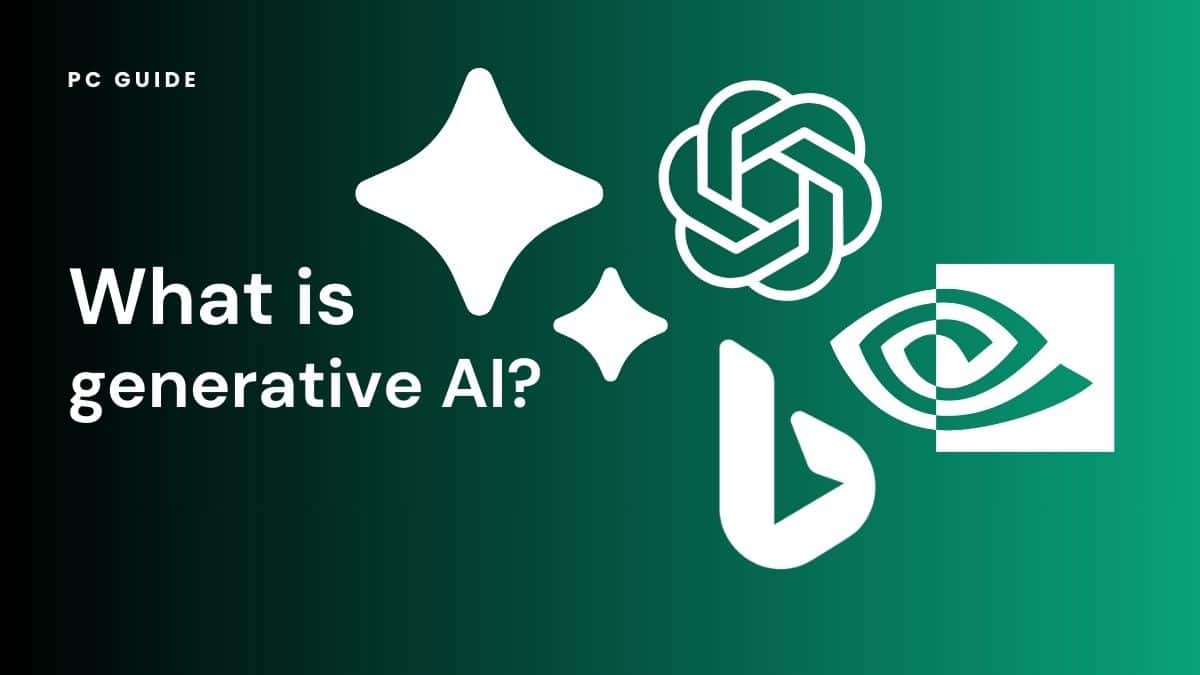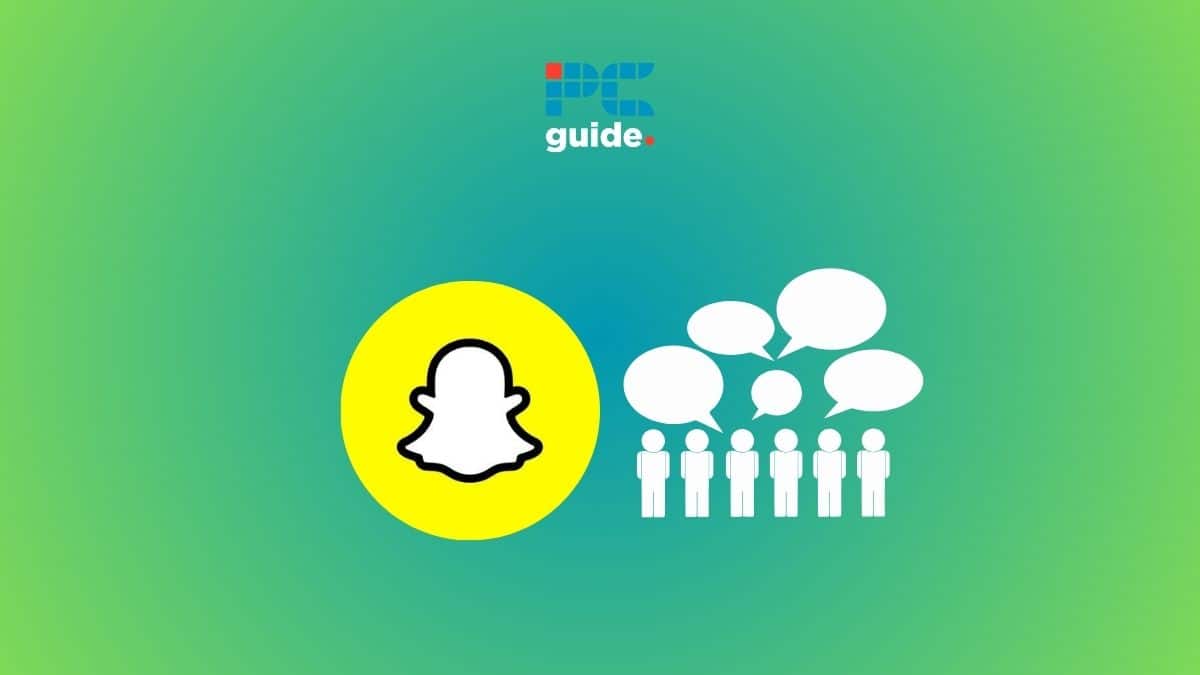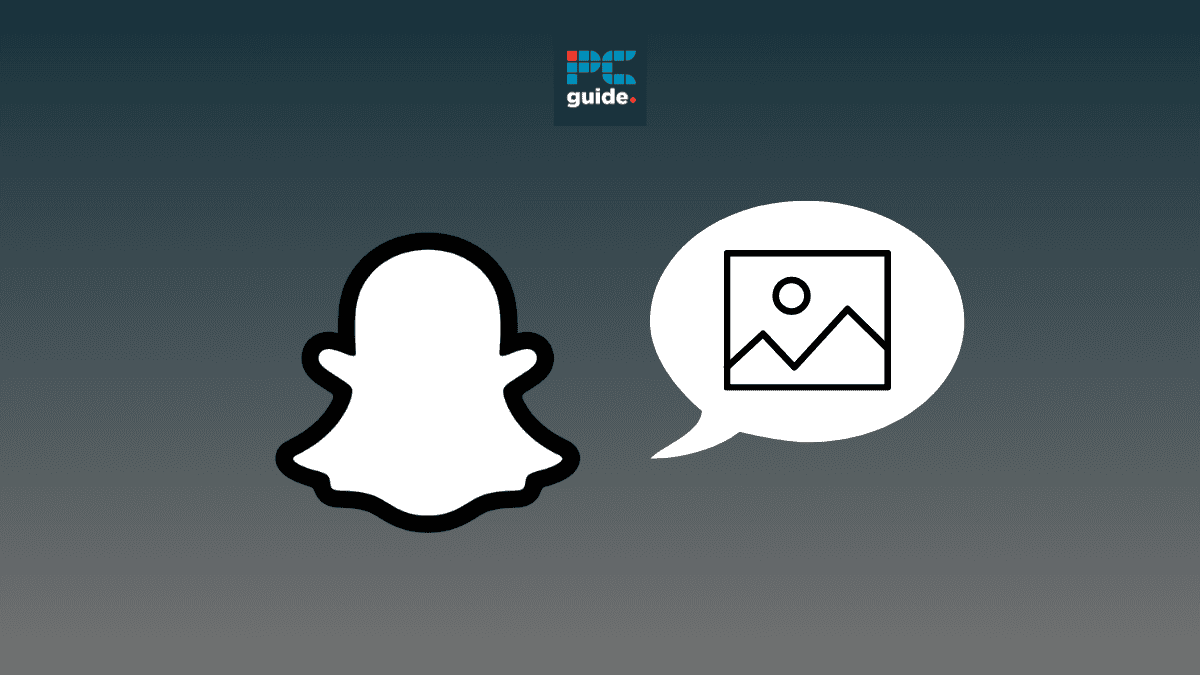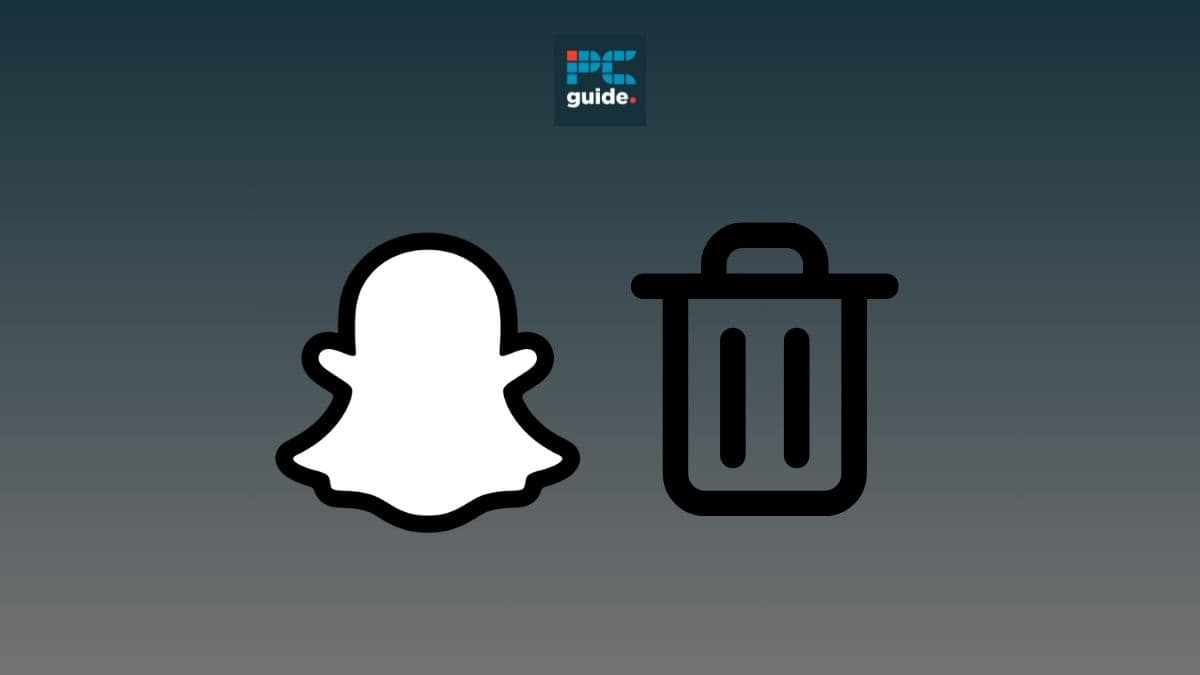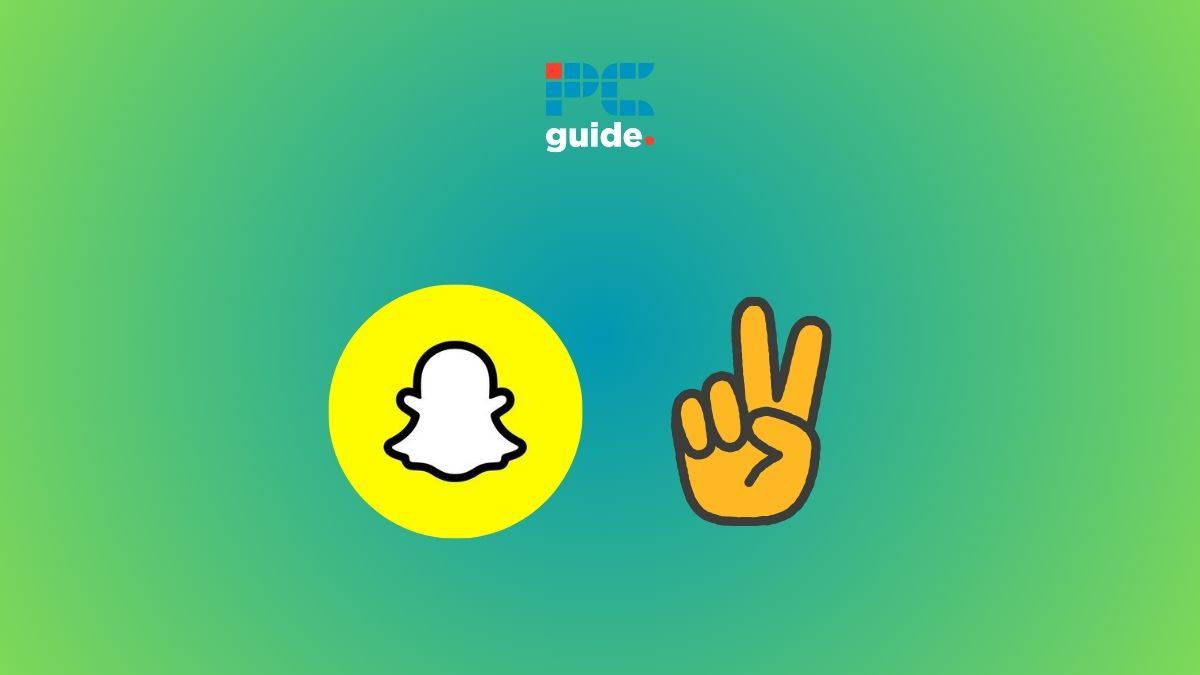Everyone’s talking about it, but what is generative AI? Well, if you’ve ever typed a prompt, you may have already encountered it. Large Language Models (LLMs) such as ChatGPT are the most ubiquitous examples. However, generative AI models exist for audio, image, and video too! AI tools like ElevenLabs, Midjourney, and Runway make multimedia AI accessible to the masses for the first time in history.
Generative AI is defined by its ability to create new and unique media that has never existed before. It is not simply recalling pre-written information, but writing it anew. This captivating aspect of AI that has garnered significant attention is generative AI. This cutting-edge technology has opened new avenues for creativity, innovation, and problem-solving. It can produce code, video, audio, or text at the click of a button.
So let’s dive deep into this fascinating area of Artificial Intelligence and learn more about generative AI, what it is, how it works, and more.
Essential AI Tools

Content Guardian – AI Content Checker – One-click, Eight Checks
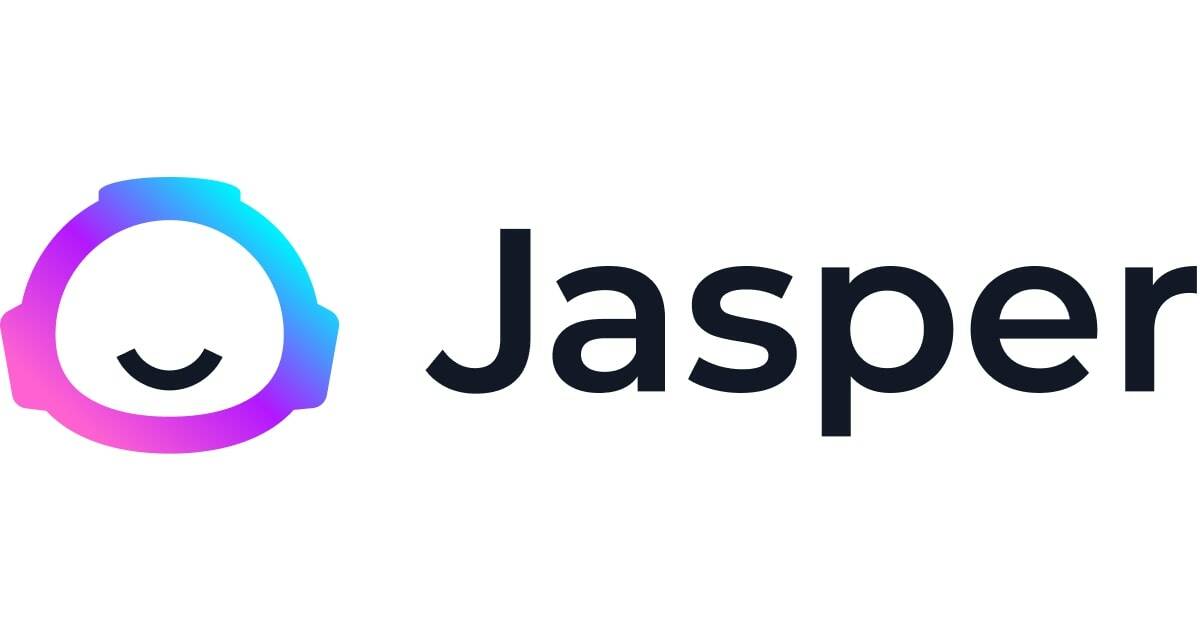
Jasper AI

WordAI
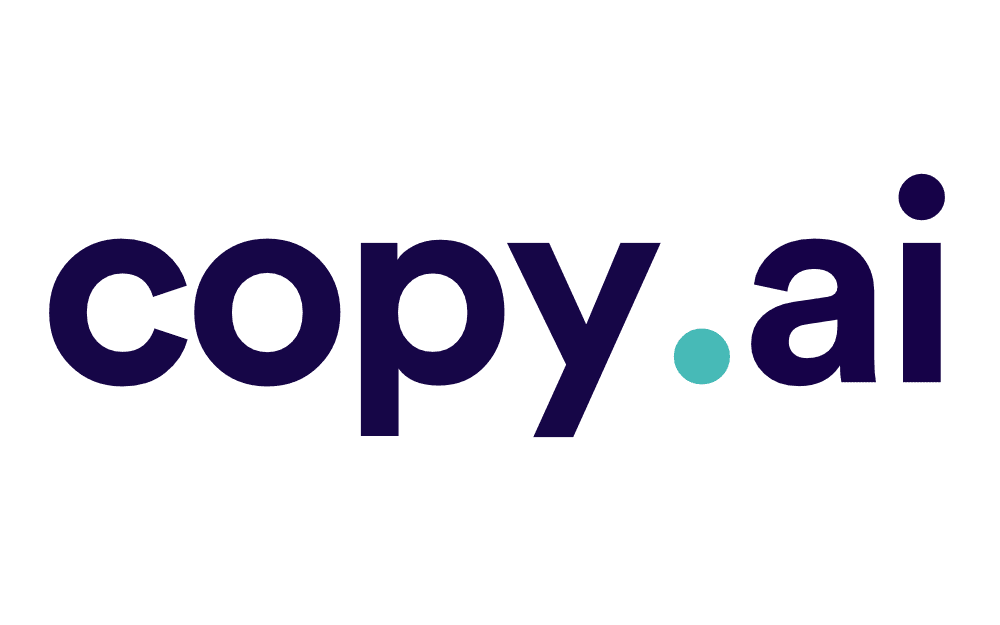
Copy.ai
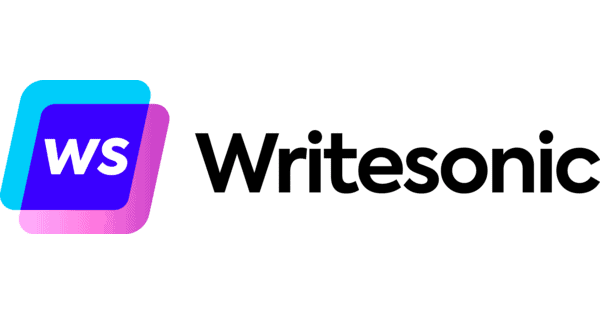
Writesonic
What Is Generative AI?
Generative AI focuses on building AI models capable of generating new, original content. These models often use Deep Learning (DL) techniques. Some popular DL techniques include the following:
- Generative Adversarial Networks (GANs)
- Variational Autoencoders (VAEs)
- Autoregressive models
These models can generate various data types, including images, videos, text, music, etc. The key characteristic of generative AI is its ability to create new content not explicitly present in the training data.
For example, a generative model trained on a dataset of images can generate entirely new and realistic photos that resemble the training samples but are not precisely the same. Similarly, a text-based generative model can generate coherent paragraphs or even entire stories.
Chat GPT is the most notable example of generative artificial intelligence today. The generative AI model in question stands for Chat Generative Pre-trained Transformer, and uses the concurrently named GPT-4 LLM.
How Does Generative AI Work?
Generative Models identify patterns in training data and use them to create new content. The AI models are trained on a large set of data. They use neural networks to study the content and find patterns in them. In the case of a transformer-based model like GPT 4, the AI is making a prediction about the next most likely work to come after the previous.
These AI models will generate new content based on the patterns identified from the training data. The content generated will have a similar pattern, too, but it will still be new.
Going one level deeper, the technologies these AI models are built upon are called GAN’s, VAE’s, LLM’s, and diffusion models. Generative Adversarial Networks and Variational Autoencoder are explained as follows by NVIDIA (the #1 hardware producer of the AI industry)
- Generative adversarial networks (GANs): Discovered in 2014, GANs were considered to be the most commonly used methodology of the three before the recent success of diffusion models. GANs pit two neural networks against each other: a generator that generates new examples and a discriminator that learns to distinguish the generated content as either real (from the domain) or fake (generated).
- Variational autoencoders (VAEs): VAEs consist of two neural networks typically referred to as the encoder and decoder.
When given an input, an encoder converts it into a smaller, more dense representation of the data. This compressed representation preserves the information that’s needed for a decoder to reconstruct the original input data, while discarding any irrelevant information. The encoder and decoder work together to learn an efficient and simple latent data representation. This allows the user to easily sample new latent representations that can be mapped through the decoder to generate novel data.
While VAEs can generate outputs such as images faster, the images generated by them are not as detailed as those of diffusion models.
What Are the Applications of Generative AI?
Due to its capabilities of generating new content, generative models can have a wide range of applications. Here are some common use cases of generative algorithms.
Content generation
Whether you are a writer, a marketer, a musician, or a YouTuber, generative models can help you create various types of content. It can write poems, video scripts, blog posts, new stories, articles, and even essays and academic texts. It has the potential to massively streamline the production process for content creators and increase the speed and quality of their output.
Image and video synthesis
By learning from thousands of images and video clips, generative AI algorithms can generate realistic images and videos. Some tools also let you pick a painting style, such as pixel, digital, anime, etc. Moreover, generative model can also create images that resemble the work of famous artists worldwide.
Code writing
You can ask generative AI tools to write lines of programming code. Although you may require to tweak the code to eliminate any errors and make it relevant to your coding environment, this can reduce the required efforts significantly.
Data Augmentation
Generative models can generate synthetic data to supplement real data for training machine learning models. This technique helps improve the performance and generalization of models, especially in situations where collecting large amounts of real-world data is challenging or expensive.
Chatbots and virtual assistants
Chatbots and virtual assistants use Natural Language Processing (NLP), a subset of AI, to understand human queries and answer them appropriately. Generative AI tools with NLP capabilities can work as chatbots and virtual assistants to automate customer support systems.
Examples of Generative AI
Now that you know some applications of generative AI, let’s look at some examples.
ChatGPT
Developed by OpenAI, ChatGPT is one of the most popular generative AI tools. It can create blogs, articles, email content, social media copies, codes, etc. The free version of ChatGPT uses the GPT 3 model. Upgrading to ChatGPT Plus or ChatGPT Enterprise enables the use of OpenAI’s most powerful AI model yet – GPT 4. In addition, GPT 3.5 Turbo is available via the ChatGPT API.
OpenAI DALL-E
DALL-E is a neural network-based model developed by OpenAI. With DALL-E, you can get original images from text prompts. This allows you to create unique and imaginative visuals based on your written input.
MusicLM
Announced in January 2023 by Google, MusicLM is an experimental generative AI tool that can convert text descriptions into music. You can simply give a prompt like, “Salsa for a wedding party.” MusicLM will take your prompt and create two music files. You can also select and provide a trophy for your preferred song. This is to help the tool’s AI model learn and improve.
Midjourney
Like DALL-E, Midjourney is an excellent generative AI tool that can create images based on text prompts. All you need to do is get a subscription, create a Discord account, select an active channel in Discord, and write your prompt. Midjourney will understand the prompt and create an image based on it.
Conclusion
Generative AI’s ability to create new content and generate realistic images and videos has already been utilized to streamline workflows in a variety of sectors including gaming, advertising, and design fields. However, there are also concerns about this technology’s ethical implications, particularly deep fakes and the potential for misuse. Despite the challenges, generative AI holds immense promise. Accelerated research the development platforms promise to revolutionize the creative process, augment human capabilities, and inspire innovation.


